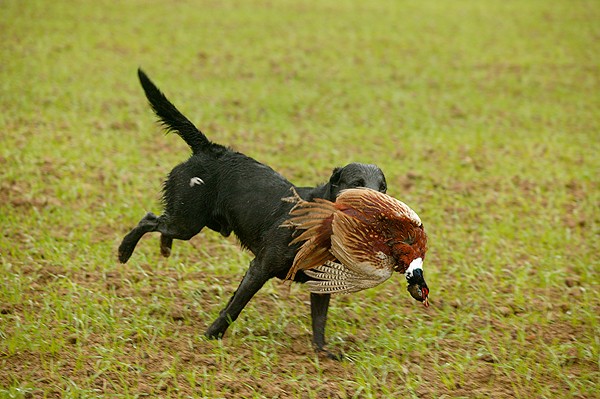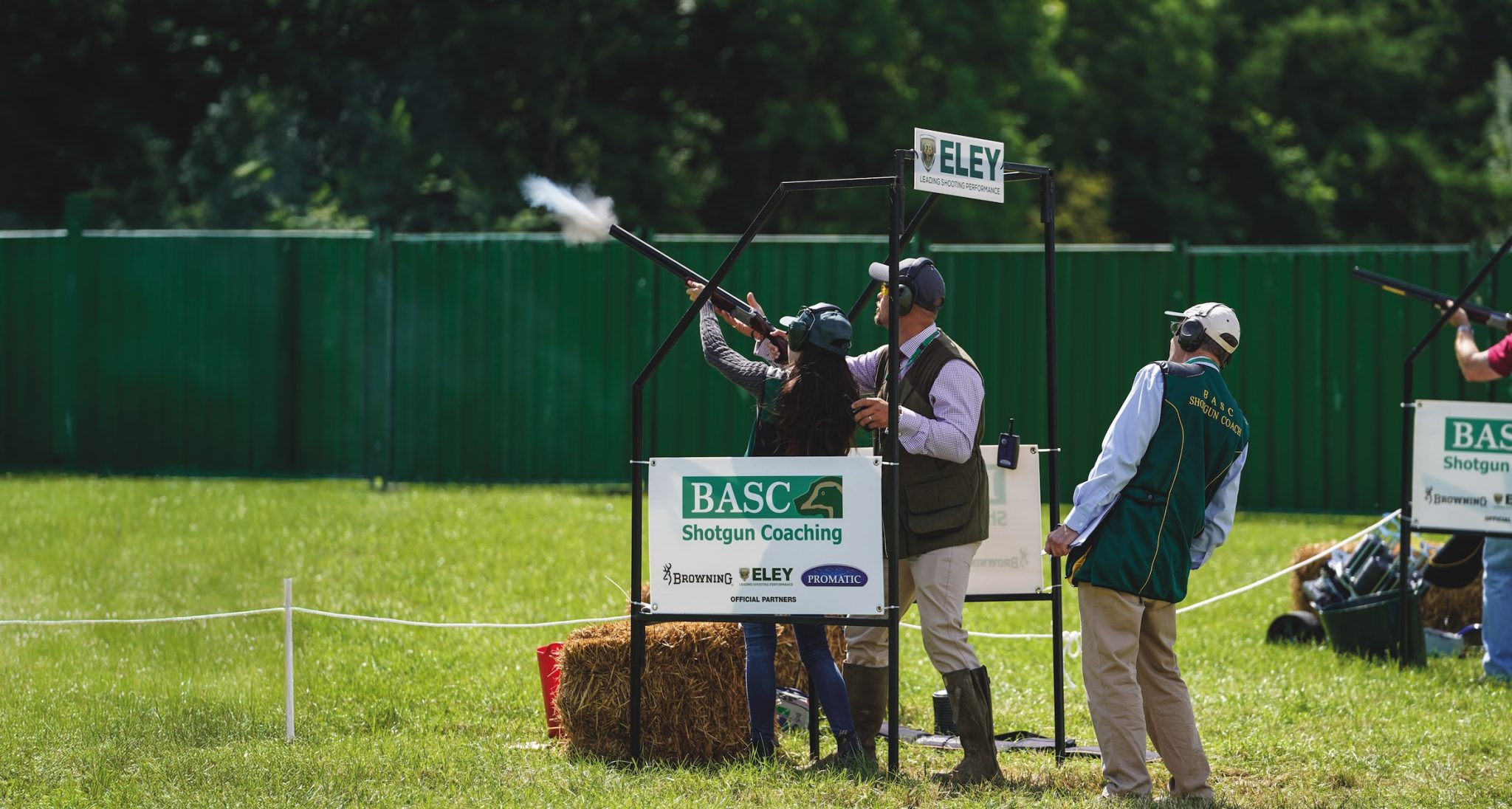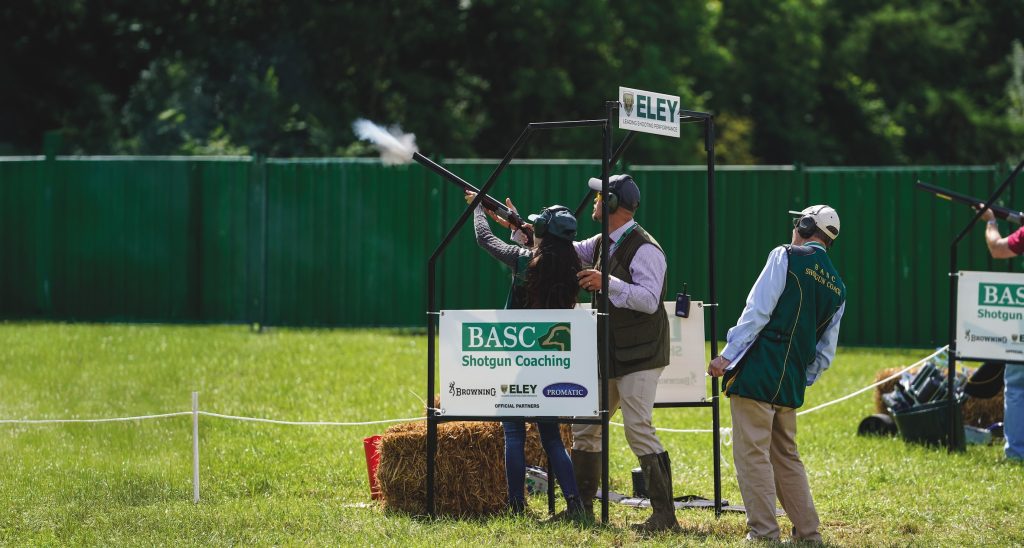News
Are the old ones the best?
<strong>The benefits of buying an older gundog</strong>
Would you like to speak to our readers? We offer sponsored articles and advertising to put you in front of our audience. Find out more.
I got a surprise a couple of weeks ago when I was browsing the “Dogs for Sale” section of Shooting Times. Included in the usual clutch of advertisements for eight-week-old puppies were two for older dogs. Conventional wisdom says that puppies are sold at eight weeks, so seeing a seven-month-old and two two-and-a-half-year-olds for sale in the same week was unusual.
I appreciate why breeders move puppies on as soon as they are weaned. To begin with they’re endearing bundles of fun, but they soon turn into bundles of mischief, and their inquisitive noses and needle-sharp teeth can get into everything.
Furthermore, their limited bladder capacity can be a hindrance if you keep your dogs in the house. Why does anyone buy a dog that is going to be a domestic nightmare instead of purchasing something older?
Thirty years ago, when I bought Bramble, a five-month-old springer, I was nervous at the prospect. I worried whether he would bond, and whether it was too late to start simple training. Upon consulting Peter Moxon’s Gundogs: Training and Field Trials, I was reassured by his assertion that you stand a better chance of picking the best puppy at eight months than you do at eight weeks. Bramble turned out to be a great success and it’s now more than 20 years since I bought an eight-week-old. Of my current pack Marne and Aswin came at eight months, Rum at 10 months and Tavy, part-trained, at 23 months. I’ve not been disappointed with any of them.
My ideal is to buy a 10-month-old dog at the end of the shooting season. That gives me the spring and summer to train and by the time we start in August or September, the dog will be at least 16 months old — a reasonable age to start a picking-up career. At 10 months, the worst of the chewing is over and even if the puppy has not been house-trained, it doesn’t take long for him to get the hang of things.
It takes an older puppy a little longer to settle in to his new surroundings. I reckon he needs a fortnight, so during this period I make little attempt at training. Getting used to the house is one thing; learning that he’s part of a new pack is another. Six weeks after buying Tavy, I went picking-up on the moor and lost him for two drives because he hadn’t sussed out where he belonged. About three months is needed before you can be sure the dog will stick with you and not run off with a young bitch in another pack that takes his fancy.
Who sells an older dog?
Advertisements don’t always quote prices, but there were useful pointers in the issue of Shooting Times I was looking through. A litter of eight- week-old Labradors was selling at £500 for dogs and £550 for bitches, but the seven-month-old dog was only £600 — the same price I paid for Marne earlier this year. In terms of value for money, an older dog wins hands down, especially as you get a fair idea of its temperament and eventual appearance. Unsurprisingly, Matt, the Cornish vendor, was inundated with potential buyers.
Matt’s reason for selling the puppy and a two-and-a-half-year-old bitch were simple: he’d changed jobs and didn’t have the time to do any training. The two-and-a-half-year-old sold instantly. At £1,200 — just £50 more than I paid for Tavy several years ago — the purchaser was getting good value.
I sensed that Brian from Lancashire, who also had an experienced two-and-a-half-year-old bitch for sale, was looking for a higher price than Matt. A retired keeper who spends his time picking-up, Brian was thinning out his kennel to keep a balanced age range. Pickers-up or triallers doing this are a good source of older dogs. The fact that a dog is unlikely to win a field trial doesn’t mean it won’t make a good working companion.
Who buys an older dog?
Jim, a local picker-up, lost one of his chocolate Labradors in an accident a couple of years ago and needed a replacement. He was told about a bitch aged two-and-a-half which had had four owners and two litters of puppies before being spayed. The owner was set to put her down, as she was no longer any use for breeding, and Jim got the chance to take her on. Initially, he was unenthusiastic, as the dog was from show stock and less well-trained than the vendor claimed. Jim found training her tough, but eventually he succeeded. In her first season, she took birds to everyone else but rarely to Jim — once she even took seven to another picker-up! It took most of the season for her to get used to Jim being the boss. Essentially, Jim had taken her to prevent her being put down. He would have preferred an eight-week-old puppy, in the belief that an older dog will have become set in its ways. But Jim’s experience hasn’t put him off and he says he’d certainly contemplate another older dog were one to be needed.
John, another local picker-up, has taken on an 18-month-old cocker. The death of John’s oldest bitch and a serious injury to his other one not long into the season, left him without a working dog, so he was pleased when a friend offered him the 18-month-old bitch. It had been kennelled, whereas John keeps his dogs in the house, and it had had virtually no training, as she was used for dogging-in, but John is pleased with how she’s coming on. House-training has not been a problem, though she still seems to keep looking over her shoulder for her former master.
The message is this: do not be put off buying an older dog, especially if you don’t have the time to cope with an eight-week-old puppy or you need a dog that can be got into work fairly quickly.
Related articles
News
Duke's Challenge raises record-breaking £685,000 for GWCT
The shooting community has backed wildlife conservation in spectacular fashion, raising a record-breaking £685,000 for GWCT
By Time Well Spent
News
‘So what exactly do you lot do, then?’
You’d be surprised how many projects staff and volunteers deliver, as well as BASC’s vital work helping members, says Conor O’Gorman
By Time Well Spent
Manage Consent
To provide the best experiences, we use technologies like cookies to store and/or access device information. Consenting to these technologies will allow us to process data such as browsing behavior or unique IDs on this site. Not consenting or withdrawing consent, may adversely affect certain features and functions.
Functional Always active
The technical storage or access is strictly necessary for the legitimate purpose of enabling the use of a specific service explicitly requested by the subscriber or user, or for the sole purpose of carrying out the transmission of a communication over an electronic communications network.
Preferences
The technical storage or access is necessary for the legitimate purpose of storing preferences that are not requested by the subscriber or user.
Statistics
The technical storage or access that is used exclusively for statistical purposes.
The technical storage or access that is used exclusively for anonymous statistical purposes. Without a subpoena, voluntary compliance on the part of your Internet Service Provider, or additional records from a third party, information stored or retrieved for this purpose alone cannot usually be used to identify you.
Marketing
The technical storage or access is required to create user profiles to send advertising, or to track the user on a website or across several websites for similar marketing purposes.





